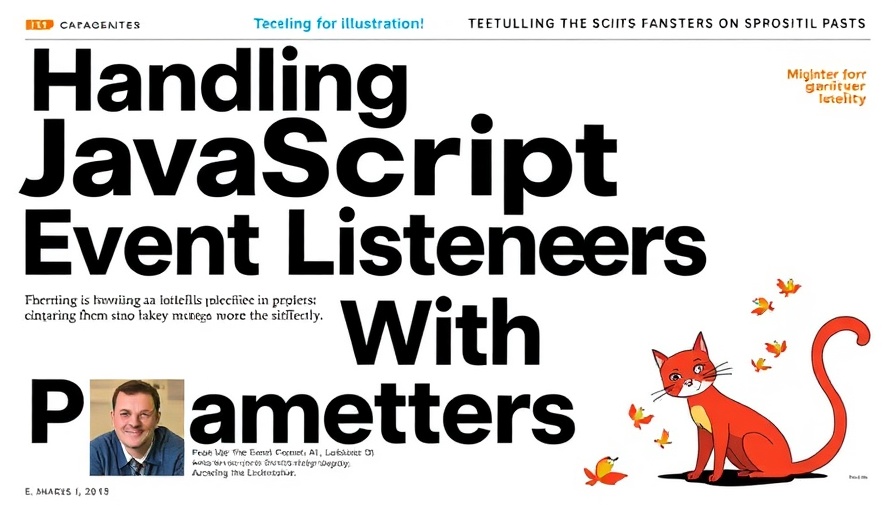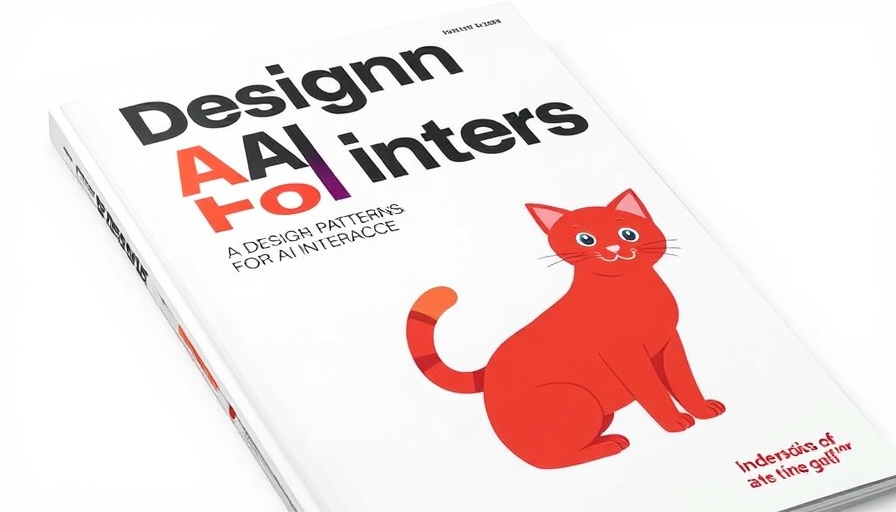
Understanding JavaScript Event Listeners
JavaScript event listeners are foundational to creating interactive web applications. They serve as the mechanisms through which a webpage responds to user actions such as clicks, key presses, and mouse movements. However, while they are crucial for functionality, they can also introduce potential pitfalls, particularly if not managed properly.
The Challenge of Managing Memory
One of the most critical issues with event listeners is ensuring that they are removed appropriately after their purpose has been fulfilled. Failure to do so can lead to memory leaks, where unused resources are retained, consuming memory unnecessarily and potentially degrading performance over time. This is especially pertinent in dynamic applications where elements are frequently added or removed.
Event Handlers That Require Parameters
Parameters in event handlers add another layer of complexity. A common scenario arises when you have a list of tasks, each with a delete button that needs to reference the task's unique ID. When the delete button is clicked, the event handler must execute with that specific ID, allowing for accurate item removal.
Common Mistakes with Event Listeners
A typical error developers encounter is attempting to pass parameters directly within the addEventListener() method. For instance, calling a function like so:
button.addEventListener('click', myFunction(param1, param2));This line causes the function to execute immediately, rather than waiting for the click event, leading to unintended behavior and potential errors. Such missteps can create confusion and frustration for developers.
Best Practices for Adding Event Listeners
To combat these issues, developers are encouraged to use arrow functions or anonymous functions as the second parameter in addEventListener(), as this allows for deferred execution. For example:
button.addEventListener('click', (event) => { myFunction(event, param1, param2); });However, this approach does come with drawbacks. Specifically, these functions cannot be easily removed with removeEventListener(). In such cases, developers may need to utilize AbortController, which can manage multiple listeners but may feel cumbersome for simpler cases.
Handling Clean-up with Event Listeners
For applications with only a few event listeners, traditional methods of removing listeners remain effective. Storing your referenced functions can significantly simplify the removal process without unnecessary complications. Knowing how to effectively manage these references can mean the difference between a clean, efficient application and one that bogs down due to poor memory management.
Conclusion: The Importance of Mastering Event Listeners
Mastering event listeners is not just a technical necessity; it's essential for creating seamless and responsive user experiences on the web. By understanding how to correctly manage parameters and ensuring listeners are removed when no longer needed, developers can craft applications that are both functional and efficient. A deep grasp of these principles leads to enhanced performance and greater user satisfaction.
 Add Row
Add Row  Add
Add 




Write A Comment